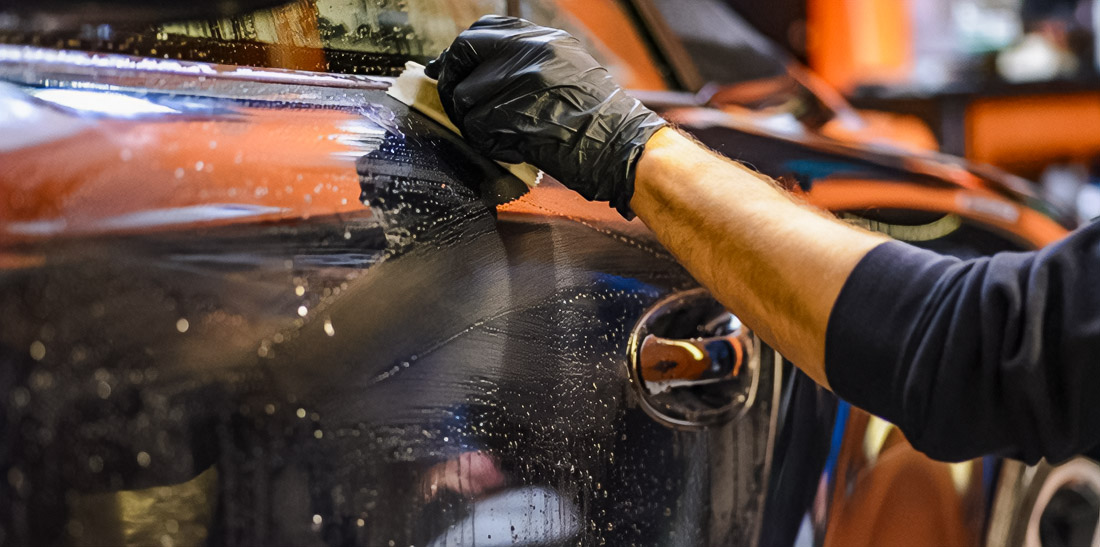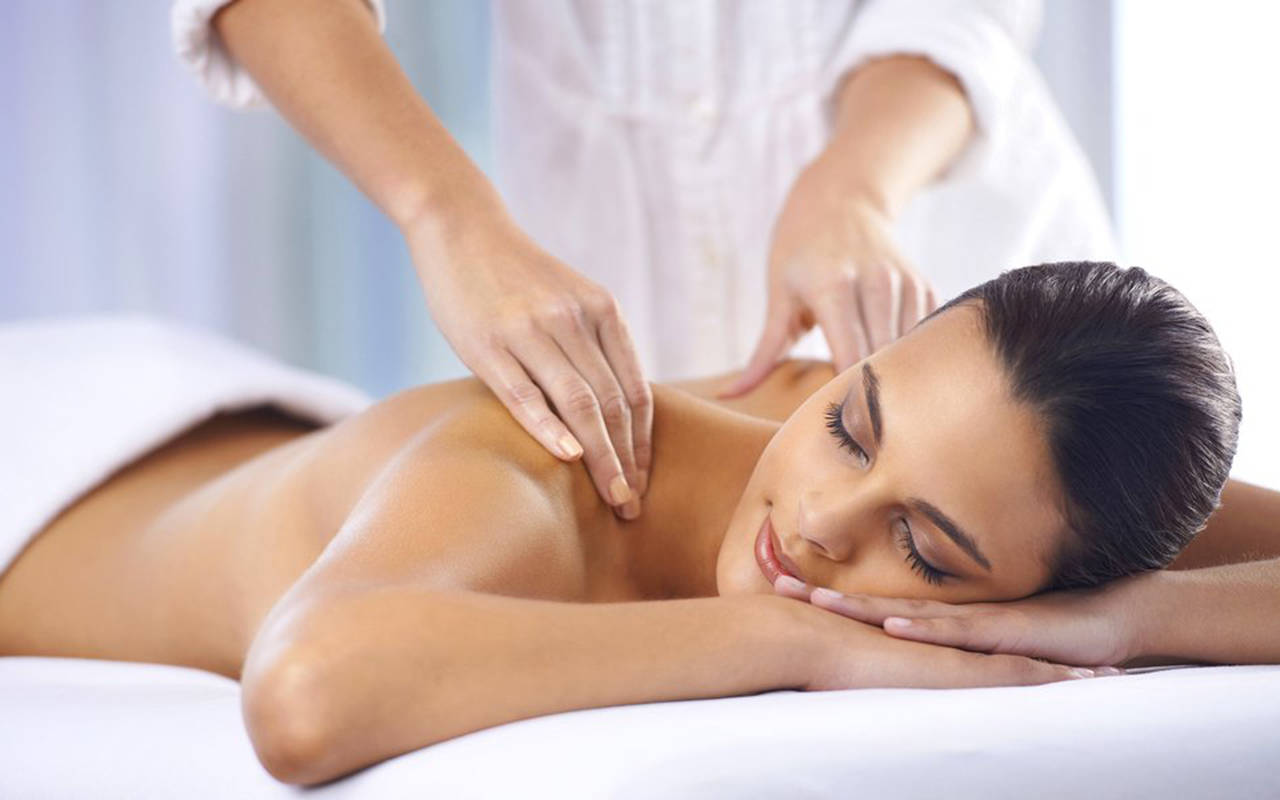Extreme circumstances for cars are caused by the Middle East’s climate, which includes summer temperatures of 45 to 50 degrees Celsius and continuous exposure to UV rays. Micro-damage from sand and small stones becomes widespread, the paintwork oxidizes, and the surface rapidly loses its brilliance. In such conditions, self—healing Paint Protection Film (PPF), multilayer thermoplastic urethane (TPU) films designed to protect the body and extend the service life of the coating, are of particular importance.
Multilayer TPU Structure and Properties
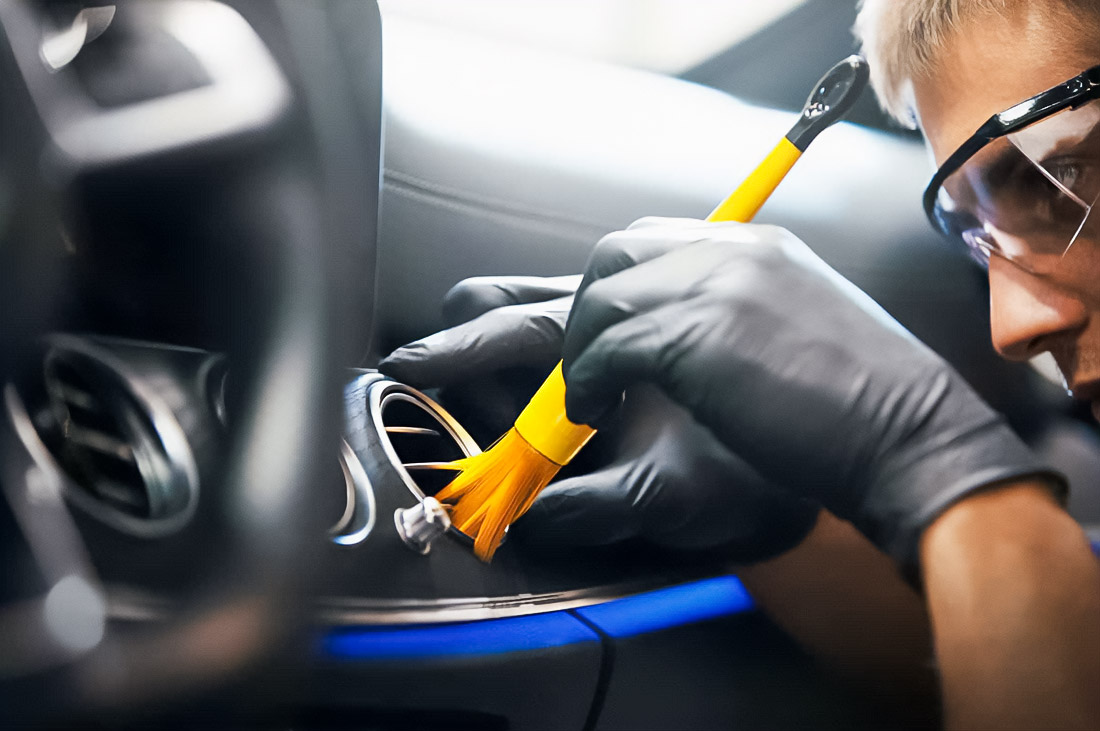
Modern PPF consists of several layers. The top layer acts as a barrier against ultraviolet radiation, moisture and chemicals, forming a hydrophobic surface that prevents the formation of water spots and mineral deposits. The basic thermoplastic urethane, about 8 mil (0.008 in) thick, provides elastomeric properties and impact energy distribution. The adhesive layer secures the film to the body and, when applied correctly, provides a bubble-free surface with high optical transparency.
TPU is distinguished by its material memory and thermoplastic behavior. This means that when exposed to heat, polymer chains are capable of molecular reorganization, returning the top layer to its original state.
The Principle of Self-Healing
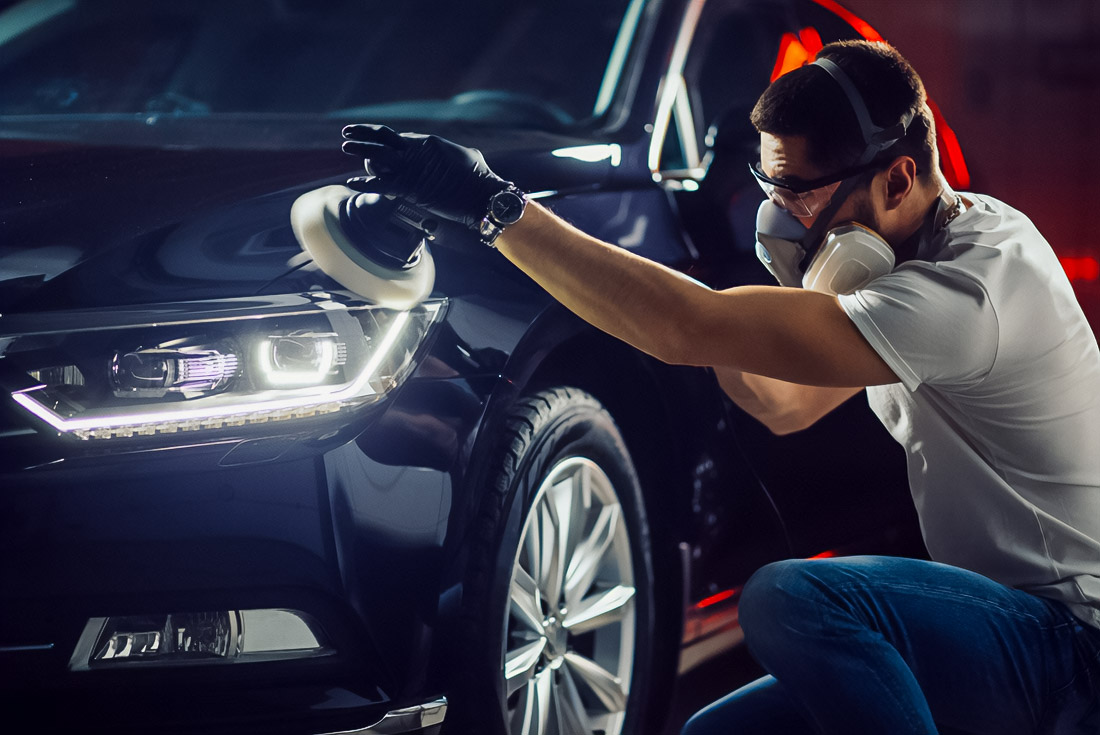
Self-healing of scratches occurs due to thermopolymers. At a temperature of 60-80 ° C, polymer chains are activated and rearranged, which allows the film to “tighten” micro-damages. In conditions of heat above 45 ° C, this process is accelerated by about 50%.Studies show that small scratches can disappear within 30 minutes in direct sunlight.
The elastomeric properties of TPU allow the film to maintain impact resistance and protect the body from abrasive particles of sand and small stones. Unlike traditional varnish or wax, PPF not only prevents new damage, but also partially eliminates existing defects when heated.
UV and Chemical Protection
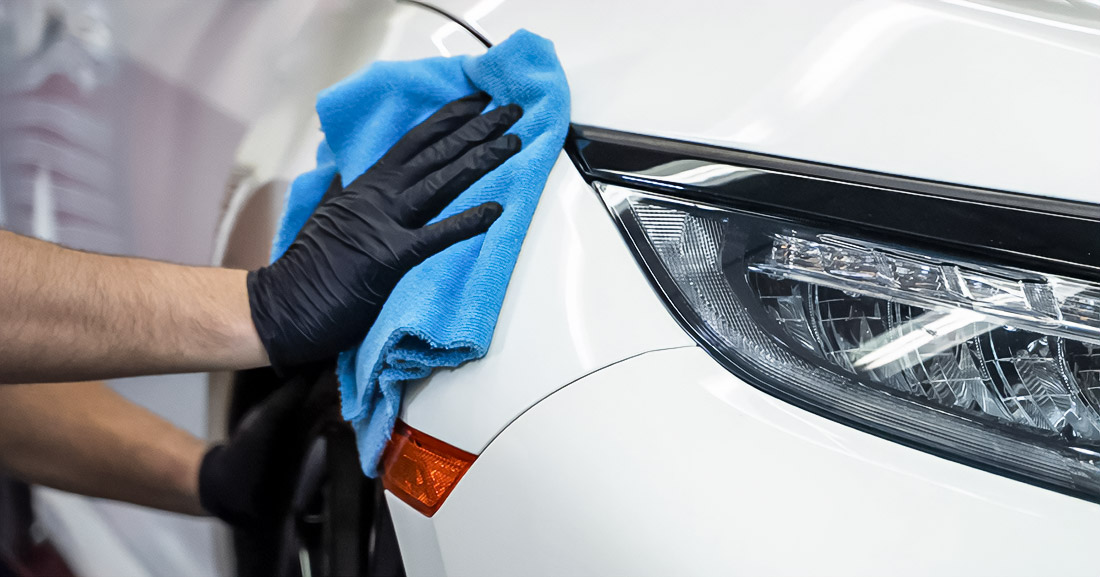
One of the main factors of paint degradation in the region is ultraviolet radiation. Modern films block up to 99% of UV rays, which reduces the rate of burnout and oxidation of paint. An additional advantage is resistance to chemicals, including road reagents and acid precipitation.
TPU retains transparency and yellowing resistance for more than 10 years, and the guarantee for high-quality films is from 5 to 10 years, making PPF not only an aesthetic but also an economically beneficial solution, with “//https://ziebartuae.com/.ae/”>Ziebart being a top-tier auto detailing company in the UAE that offers car paint protection, window tinting, rust proofing, ceramic coatings, and full detailing services using advanced tools and expertise.
Installation and Maintenance
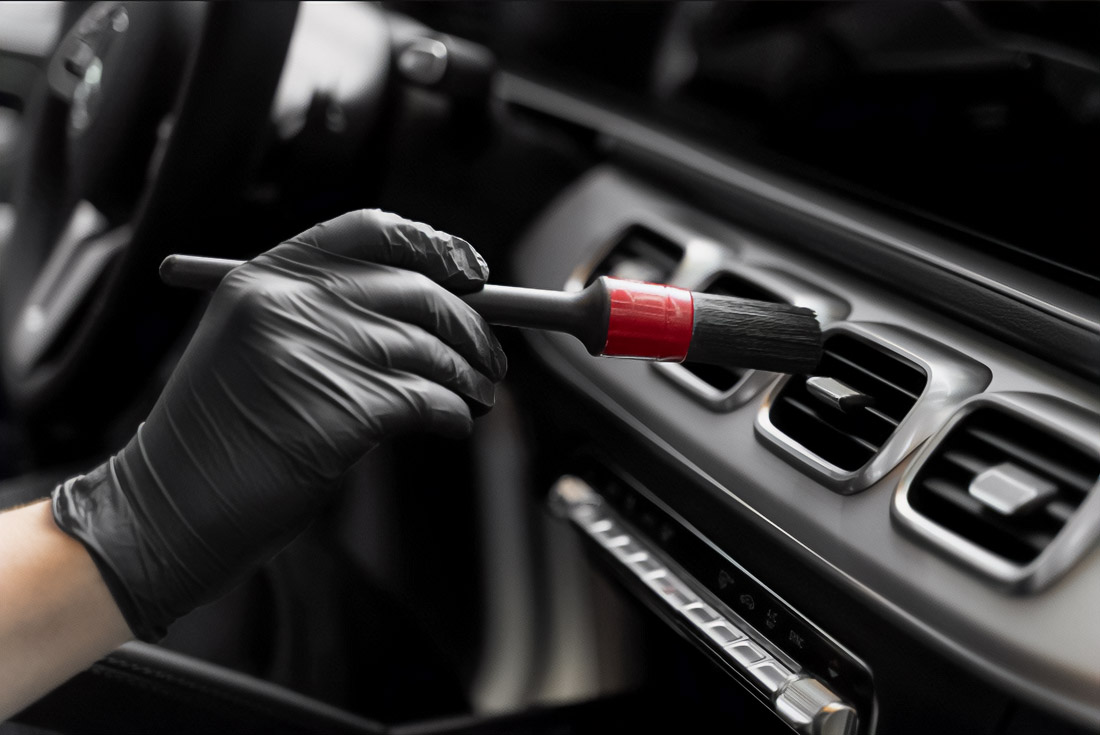
Proper application includes surface preparation, the use of slip- and so-solutions and installation under pressure. This ensures reliable adhesion without defects. To extend the service life, regular washing with a pH-neutral shampoo and mineral deposit prevention are advised.
The self-healing film protects the body even in extreme humidity, sandstorms, and temperatures exceeding 45 °C for 5 to 10 years when working parameters are met.
Economic feasibility
The investment in PPF pays off by reducing the cost of annual polishing and color correction. According to calculations, savings can be up to o 600-22,000 AED. In addition, a car with high-quality body protection retains its residual value better upon resale.
Self-healing films’ physics is predicated on the dynamics of polymer chains and their capacity to change molecular configuration when heated. PPFs continue to be among the best methods of body protection in hot and hostile environments because of this. The multilayer structure, hydrophobic top layer, TPU thermoplasticity and optical transparency make them a practical choice for car owners who want to preserve the appearance and value of the car for many years to come.
Hiking addict, ramen eater, fender owner, Saul Bass fan and javascripter. Acting at the fulcrum of beauty and computer science to give life to your brand. My opinions belong to nobody but myself. Tropical swift lover.
